
I have recently discovered that many of the leftover veggies we throw away after cooking can be used to regrow pesticide-free and healthy plants, right in the backyard.
There’s nothing like eating your own homegrown veggies and while it won't work each time, any experienced gardener will tell you that even store-bought plants and seeds don’t always grow. So next time you are cooking, keep the leftovers from your uncooked vegetables. You just might eat them right out of your garden the next time you cook!
Leeks, Scallions, Spring Onions and Fennel
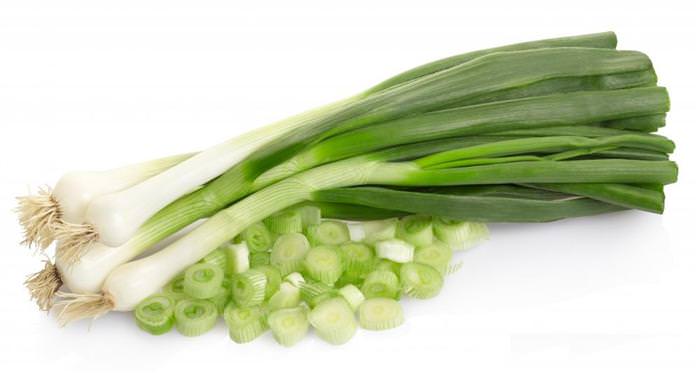
For any of these vegetables, you can use the end of the white root most people don’t eat. Instead of cooking it with the rest of the food, simply place the white root end in a glass jar with a little water, and leave it in a sunny spot. The green leafy part of the plant will continue to shoot. Freshen up the water each week and once you see it's starting to grow roots, move it to a pot or to your garden. When it’s time to cook, just snip off what you need from the green growth and leave the rest to keep growing.
Lemongrass
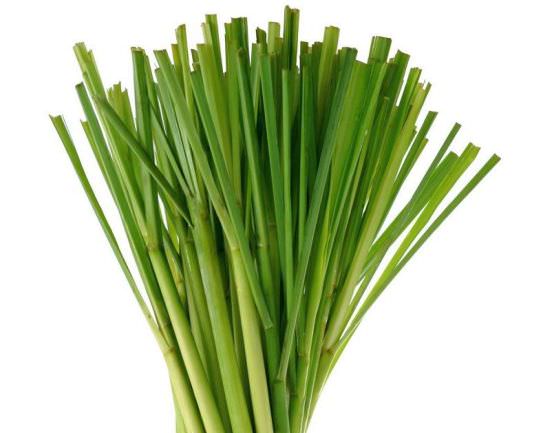
To regrow lemongrass, place the root end (after you’ve cut the rest) in a glass jar with a little water, and leave it in a sunny spot. Within a week or so, new growth will start to appear. Transplant your lemongrass into a pot with rich soil and leave it outdoors where it can get lots of sun and fresh air, which it needs. You can harvest your lemongrass when the stalks are around a foot tall (30 cm), just cut off what you need and leave the plant to keep growing.
Celery, Chinese Cabbage, Romaine Lettuce & Cabbage
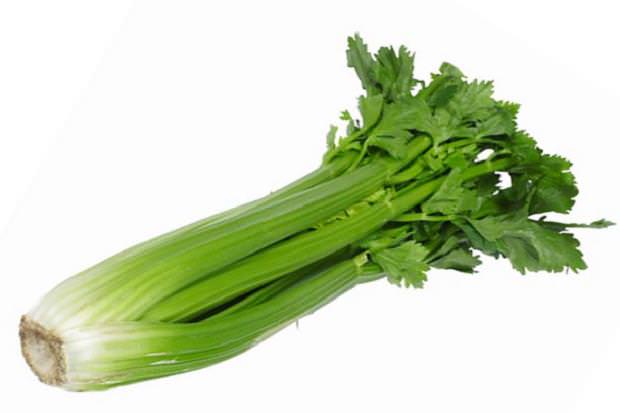
Similar to leeks and spring Onions, these vegetables will regrow from the white root end with one minor difference. Cut the stalks off as you normally would, and place the root end in a shallow bowl of water, enough to cover the root but not the whole thing. Place it in a spot with a lot of sun and occasionally spray it with water to keep the top moist.
If the plant is strong you will start to see roots and new leaves appear after a few days. After a week or so in the bowl, move the plant into soil and cover everything but the new leaves. Within a few weeks, it will sprout a whole new head, give it time to grow and enjoy it when it's ripe.
Ginger

Ginger is one of the easiest plants to regrow. You just need to plant a piece of ginger rhizome (the thick knobbly bit you cook with) in potting soil and keep it well watered. Ginger enjoys filtered, not direct, sunlight. Makes sure to plant it with the newest and smallest buds facing upward for a better chance at regrowth.
Once the plant is ready for harvest, pull out the whole plant, roots and all. You should find a nice big rhizome which you can use. As an added bonus, in between harvesting you will enjoy a beautiful new house plant.
Potatoes
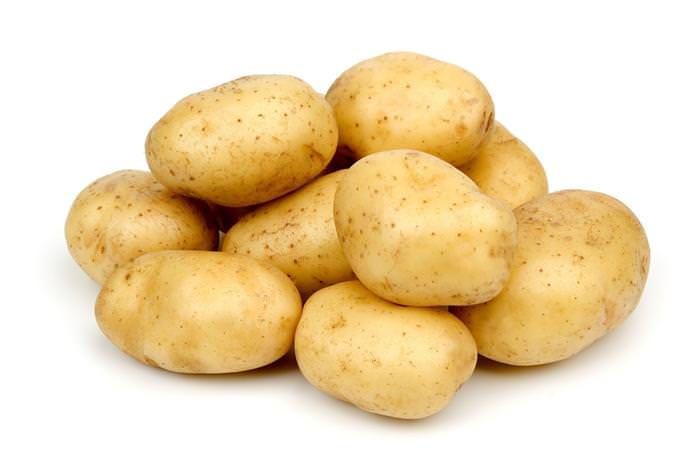
I often leave my potatoes unused for too long they start sprouting out. If you want to regrow them instead of throwing them away, pick a potato that has robust new sprouts and cut it into large squares. Make sure each piece you cut has at least 2 sprouts. Leave the pieces at room temperature for a day or two to dry and ensure that the new shoots get the maximum nutrition from each potato piece.
Add some compost to where you will want to plant them, as potatoes plants enjoy a high nutrient environment, and plant each piece around 8 inches (20 cm) deep. Place them with the new growth facing up and cover your plant halfway through the pot of the hole you dug for it. As your plant begins to grow and more roots appear, you can cover the rest in more soil to help support its growth
Garlic
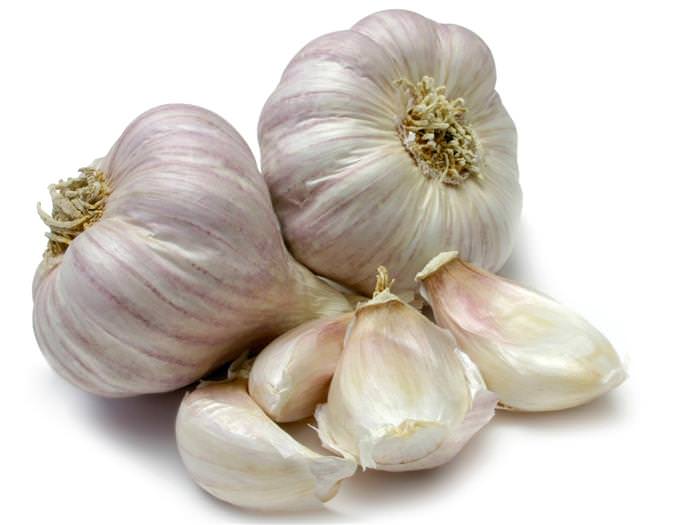
A single clove of garlic is all you need to regrow it. Plant it, root end pointed down, in a warm location with plenty of direct sunlight. Once established, cut back the shoots and the plant will put all its energy into producing a tasty big garlic bulb.
Onions
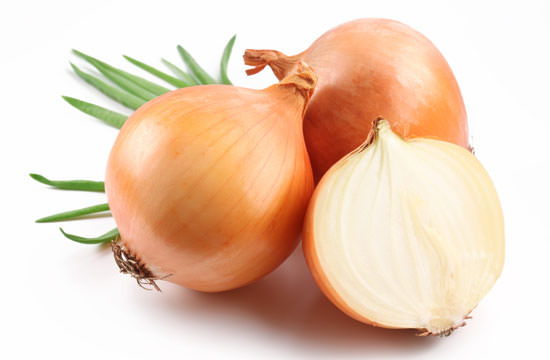
Onions are another great and healthy vegetable anyone can regrow. Cut off the root end of your onion with about half an inch (2cm) from the bottom of the onion itself. Place it in a sunny part of your garden, cover the top with moist soil and water it daily. Once you'll see new green leaves growing out, you have yourself a new onion.
Sweet Potatoes
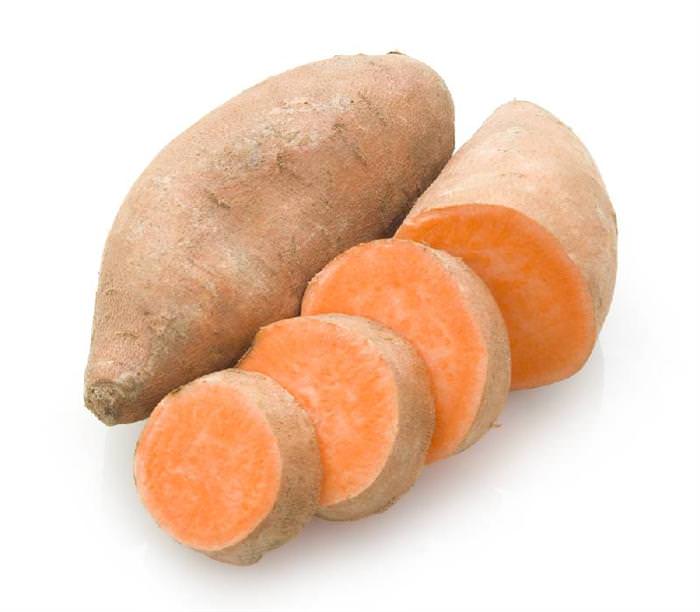
When planted, sweet potatoes produce eye-shoots much like a potato. Bury all or part of a sweet potato under a thin layer of soil in a sunny location and keep it well watered. New shoots will start to appear through the soil in about a week. Once the shoots reach around four inches (10 cm) in height, remove them and re-plant them far away from each other.
Sweet Potatoes are hard to grow and also take a long time to do so. It is essential to use an organic source since most commercial growers spray their sweet potatoes to prevent them from shooting.
Mushrooms
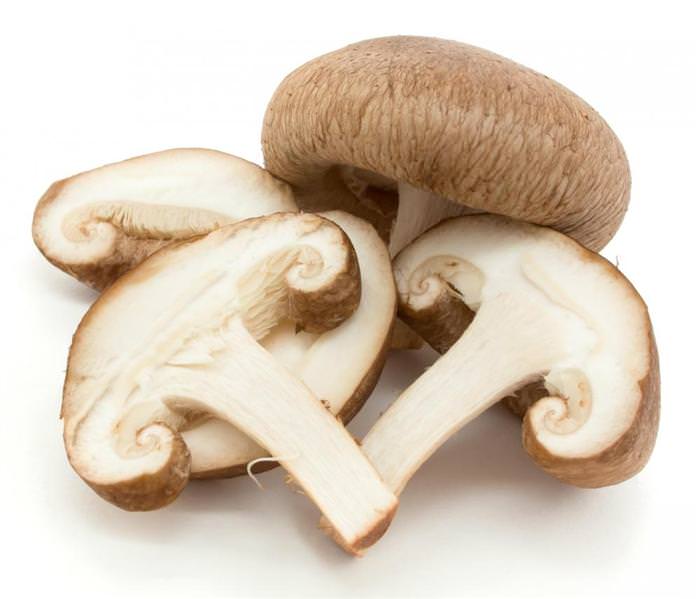
Mushrooms are one of the most difficult veggies to regrow, but it can be done. Prepare a mixture of soil and compost in a pot (not in the ground) so you can control the temperature of your mushroom. Just remove the head of the mushroom and plant the stalk in the soil, leaving the top exposed. I have found most success with a warm filtered light during the day and a cool, indoor environment during the night.
Under the right conditions, and with moderate amounts of water, the base will grow a whole new head. You should see if it's working or not after a few days.
Pineapples

To regrow pineapples you'll need to remove the green leafy piece from the top and ensure that no fruit remains attached. Scrape any fruit bits with a knife or they will rot and kill the plant before it even starts growing. Carefully slice small, horizontal sections from the bottom of the "crown" until you see root buds (the small circles on the flat base of the stalk). Remove the bottom few layers of leaves leaving about an inch (2.5 cm) base at the bottom.
Plant the crown in a warm and well-drained environment. Water it regularly at first, reducing to a weekly watering schedule once the plant is established. While you will see growth in the first few months, it will take around 2-3 years before the pineapples grow, so don’t sit there waiting.
Carrot Tops
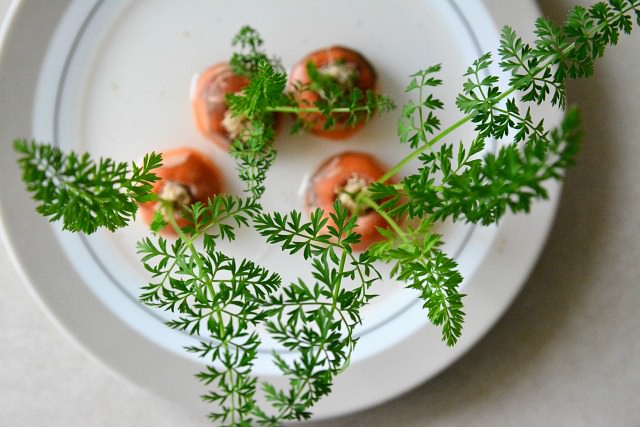
While you can't actually regrow a carrot, you can make an attractive flowering plant for the kitchen. They’re easy and lots of fun to grow, it's even something your kids can do!
Cut the top off a carrot, leaving about an inch (2.5 cm) of vegetable at the root. Stick toothpicks into the sides of the carrot stump and balance it inside a glass or jar. Fill the glass with water so that it reaches the bottom of the carrot. Let it sit in filtered, indirect, sunlight and ensure the water is always touching the bottom of your cutting. You’ll see roots sprout in a few days, and you can transplant your ‘pet’ carrot into soil after a week.
Remember, you won't always succeed in growing these things, but getting your hands dirty and trying is all part of the fun. In my experience, a bit of trial and error is required, so don’t be afraid to do some experimenting and do something different than what is suggested here. Good luck!